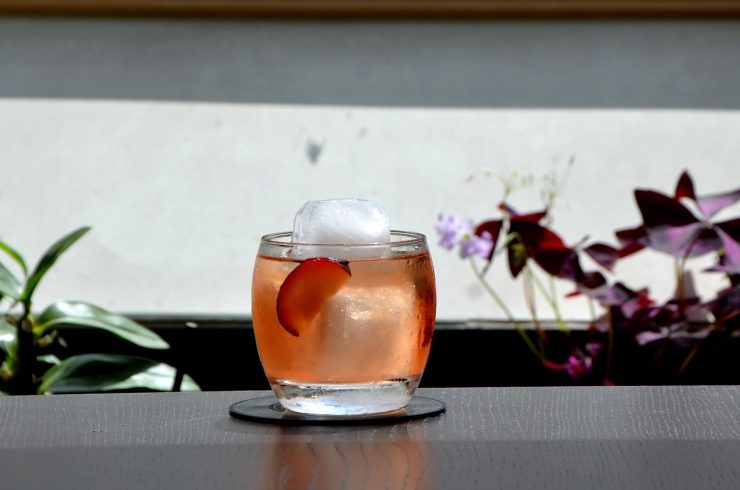Wine or Sake? Let’s Talk About It.
If you’ve ever wondered how sake stacks up against wine, you’re not alone. Let’s dig in—because while they’re totally different drinks, both have their charms.
First up: What is sake, really?
People often call it “rice wine,” but that’s not quite right. Sake is actually brewed more like beer—using rice, water, yeast, and koji, a special mold that kicks off fermentation. It’s a pretty natural process, and good sake is super clean, with fewer impurities and less sugar than your typical glass of wine.
And unlike regular table rice, sake rice (especially the premium kind) gets polished down to remove the outer layers, leaving the good stuff behind. The more it’s milled, the purer and smoother the sake—and yes, often the less likely it is to leave you with a hangover. In Japan, they even say, “You’ll know it was good sake by how you feel the next morning.”
But what about wine?
Wine, on the other hand, is made from fermented fruit juice—grapes, of course. While it can be lovely, some people avoid it because of the sulfites, histamines, and tannins, which can trigger headaches or allergies. If that’s you, sake might be worth a try. It’s gentler on the system and still delivers around 15–16% alcohol (similar to many wines).
Food Pairing: More Than Just Sushi
Here’s where sake really shines—it’s incredibly food-friendly. The Japanese even say, “Sake doesn’t fight with food.” It’s got a smooth, subtle taste that complements lots of dishes, not just sushi. Think grilled chicken, roasted veggies, light pastas, seafood—it all works.
Sake is also packed with amino acids that boost umami, that savory depth we all love in food. It enhances rather than competes.
Of course, wine can be amazing with food too. Red, white, rosé—each has its match. But wine pairings can be a little more finicky depending on the acidity, sweetness, or boldness of the bottle.
Calories & Carbs
Sake usually has a little more alcohol and fewer sugars than wine, which can mean you drink less and still feel the effects. That might balance out the calorie count. It’s tough to compare exactly, though—wine varies a lot depending on the type.
But if you’re watching carbs and sugar? Sake often comes out ahead.
Health Stuff: Is One Better?
Wine gets a lot of press for its health perks—especially red wine, thanks to resveratrol, an antioxidant found in grape skins. It’s said to help your heart and even slow aging, though you’d have to drink quite a bit to really cash in on those benefits (and, well… that kind of cancels them out).
Sake doesn’t have resveratrol, but it does bring something else to the table: amino acids. About 20 different ones, actually—including:
-
Glutamic acid – helps make proteins
-
Alanine – supports collagen
-
Leucine – promotes muscle and testosterone
-
Arginine – boosts nitric oxide, which helps blood pressure and oxygen flow
Plus, sake has about a third the acidity of wine, which makes it easier on your stomach. If wine gives you heartburn, sake might be a better fit.
Some Japanese studies have even linked moderate sake drinking to lower cancer risk and better bone health. It’s also gluten-free and contains BCAAs (great for muscle health), and may help circulation, blood sugar, and immune function. Not bad for fermented rice!
Choosing the Right Sake
Not all sake is created equal, and the type you choose matters.
-
Junmai: The purest kind—just rice, water, yeast, and koji. My personal favorite. Clean and smooth.
-
Junmai Daiginjo / Junmai Ginjo: These are also premium but refer to how much the rice has been milled. The more it’s polished, the more delicate the flavor.
-
Honjozo / Ginjo / Daiginjo: These often have a little extra alcohol added.
-
Futsu-shu: The everyday table sake, often served warm.
Rule of thumb? The fancier the sake, the more likely it’s served chilled—ideally in a wine glass, not the tiny warm ceramic cups (those are more for casual sake).
So, which one wins?
For me, it’s sake all the way. Clean, smooth, easier on the system, and full of subtle flavor. Next time you’re sipping, try it chilled in a glass you love and toast with a cheerful Kanpai! (That’s “cheers” in Japanese.)
Want help picking one to try first?











